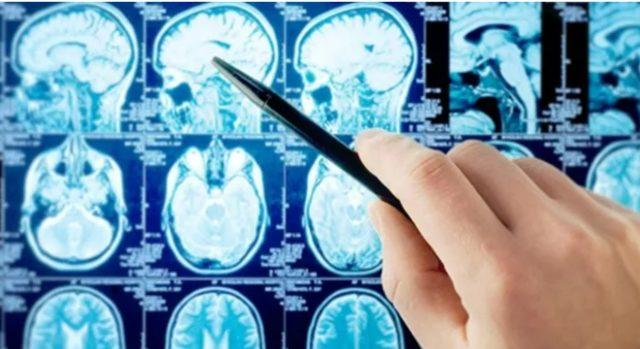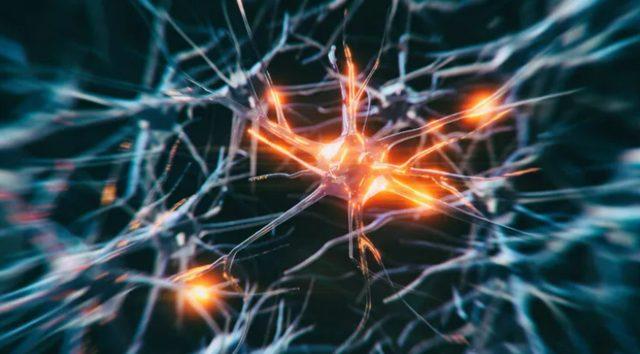ALS disease affects the whole life of people who have this disease, causing a shortened life expectancy. ALS, also known as motor neuron disease, affects nerve cells in the brain and spinal cord and causes loss of control of voluntary muscle movement. Muscle weakness creates problems in meeting the basic needs of the patient such as walking, speaking, holding, eating and breathing.
WHAT IS ALS? HOW DOES IT BEGIN?
ALS usually begins with muscle twitching and weakness or slurred speech, usually in a limb. As the disease progresses, control of the muscles necessary for moving, speaking, eating and breathing is lost. In most cases, ALS does not affect a person’s sexual, bowel, or bladder functions.
WHO HAS ALS DISEASE?
From the onset of the disease, the survival time differs. Although the average life expectancy for ALS is 2 to 5 years, there are many ALS patients who live 10 years or longer. An average of 1 to 2 people in 100,000 are diagnosed with ALS each year around the world. ALS is more common in men than women. After the age of 65, ALS develops at the same rate in men and women. ALS is a very rare condition, usually seen in the age range of 40-60 years, with the onset of the disease before the age of 30. On the other hand, according to recent studies, the incidence of ALS appears to be higher in white populations than in African, American, Asian or Hispanic populations.
WHO IS AT RISK OF ALS?
Family history: In 5 to 10% of people diagnosed with ALS, the disease is inherited from parents.
Age: The risk of ALS disease increases with advancing age, and the disease is most common in people aged 40-60 years.
Gender: Before age 65, slightly more men develop ALS than women. This gender difference disappears after the age of 70.
Genetic: Different mutations can cause different effects. Any change in the normal protein can be harmful to the cell and cause disease. The most common mutations in familial ALS patients are known as C9orf72, SOD 1,TDP43, FUS, UBQLN2 gene mutations.
The following environmental factors can also trigger ALS:
To smoke: It is one of the possible environmental risk factors for ALS. The risk is highest especially among postmenopausal women.
Environmental toxin exposure: Although some studies may show that exposure to lead or other substances at work or at home may be linked to ALS, a positive association between past exposure to heavy metals and ALS risk has not emerged consistently.
Professional status: Studies show that people who serve in the military are at higher risk of ALS. Here, it remains unclear what may trigger the development of ALS. The possibility that exposure to certain metals, chemicals, traumatic injuries, viral infections and intense exertion may trigger the development of ALS.

WHAT ARE ALS SYMPTOMS?
People with ALS have loss of muscle strength and coordination. As the disease progresses; Routine tasks such as climbing stairs, getting up from a chair or swallowing may become impossible. Muscle weakness may start in a part of the body such as the arm or hand, and as the disease progresses, problems develop in more muscle groups. ALS does not affect the senses (sight, smell, taste, hearing). Although dementia and memory problems are not seen in general in ALS patients, it is known that dementia and memory problems may occur in a small number of patients.
The symptoms of ALS are not the same for every patient, they vary greatly depending on which neurons are affected. ALS symptoms can include:
- Muscle cramps and twitching in the arms, shoulders, and tongue
- Weakness in the legs, feet, and ankles
- Difficulty during normal daily activities (walking-running)
- Frequent tripping and falling
- Uncontrollable crying and laughing
- Weakness or clumsiness in the hand
- Difficulty in writing
- Difficulty speaking and swallowing rounding or slurring words
- Cognitive and behavioral changes
- Difficulty lifting heavy objects
- Dropping things he is carrying often
- Weakness and fatigue
As the disease progresses, the following symptoms may be seen in addition to the above items:
- Shortness of breath
- difficulty breathing
- difficulty swallowing
- Paralysis
WHAT IS ALS TREATMENT?
Currently, there is no definitive treatment for ALS disease, treatment methods aim to alleviate symptoms, provide social and emotional support to the patient, and slow the progression of the disease.
Treatment options include:
- Medicines to relieve painful muscle cramps, excessive salivation, and other symptoms.
- Physical therapy options to maintain mobility, relieve muscle stiffness, cramps, and fluid retention.
- Proper eating habits accompanied by dieticians to promote good nutrition and complaints of difficulty in swallowing
- Speech therapy and communication training to maintain as much verbal communication skill as possible. Communication training also includes non-verbal techniques.
- Splints, corrective braces, grab bars, access devices, etc. to assist with daily activities such as dressing, eating, toilet and bathing. devices to assist the patient in his daily life.
- Special equipment such as wheelchairs, electric beds or mattresses, boards to maximize functional independence.
CAN ALS PATIENTS HEAL?
There is currently no known cure for ALS. The patient’s quality of life and length of life can be increased with respirators and feeding tubes.
